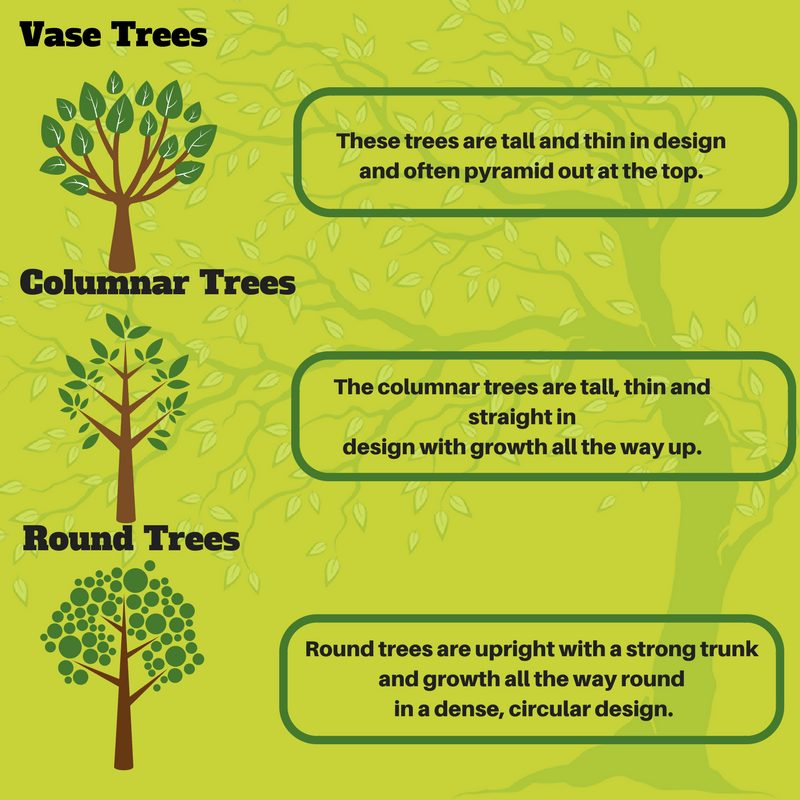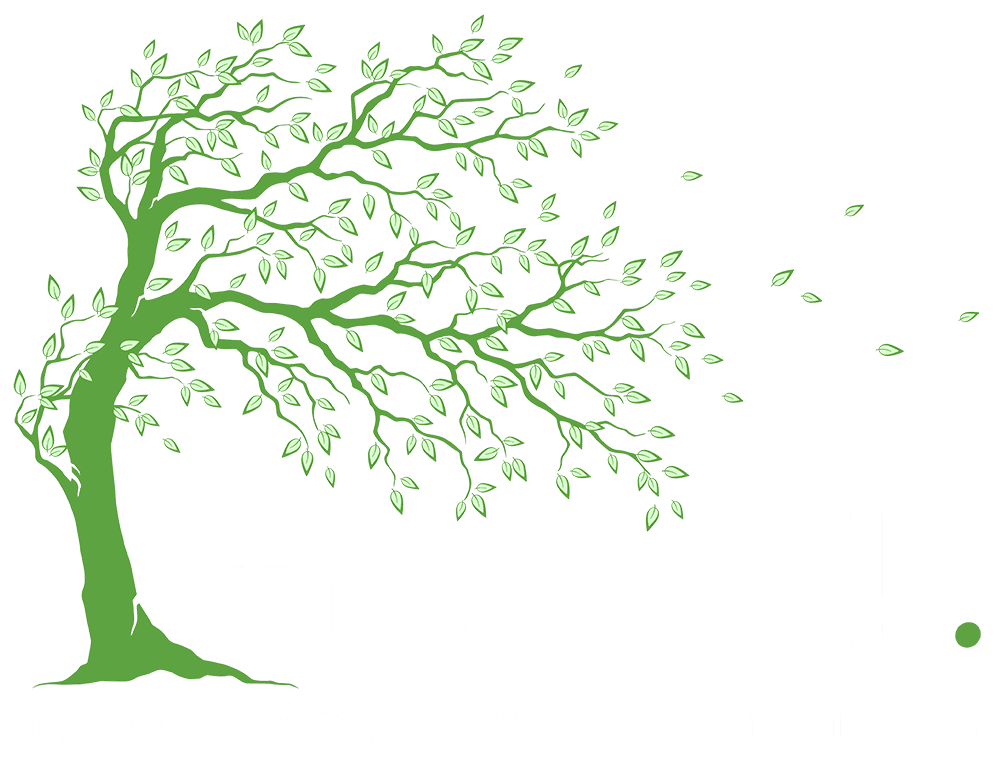
Arboricultural Services Treework Ltd would like to let all of our clients know more about their trees and learn about their shapes, habits and what to do with them.
As a qualified team or arborists and tree surgeons, we work with a wide variety of tree species every day in our roles. Operating through Manchester, Stockport and the surrounding areas, we often trim, cut, remove and plant a whole manner of species of trees and hedges in small domestic gardens and larger estates.
Identify Your Trees
Some of the trees we come across have a distinctive set of characteristics and markings to look out for. Whether you are looking from a distance or up close, the shape of the tree has a clear resemblance to its species and how you should care for it.
Tip – a silver birch can be identified by its tall, narrow shape with an airy crown as well.
Trees can also grow out of their normal shape and structure if they are not maintained well or cared for. When identifying trees, you really need to look out for signs of coppicing and management as this can significantly alter the shape of the tree over time.
Check Out the Bark
The bark on a tree is the corky outside layer that protects the inner structure of any tree. The living tissue within a tree trunk is protected from external diseases and attacks and the bark acts as somewhat shield against pests also.
Although many trees have a similar brown bark texture, all you need to do is look closer for ridges, impressions, flakes and patterns. The bark can also often change pattern from the base of the tree right up to the top so be sure to check the whole tree and not just the section in front of you.
Tip – a wild cherry tree will have a red or grey bark where a birch tree will have a whiter bark.
Analyse the Leaves
- A simple leaf is common on most trees, where the leaf is whole in shape with one central vein. These appear on birch and apple trees most common and can often be mistaken for being heart shaped.
- A compound leaf follows one central vein but are divided into few smaller leaves. These are often feather-shaped and are found on ash, sycamore and maple trees all over Manchester.
- Other leaf shapes include round, triangular, long and thin and even egg-shaped.
You can also use the leaf margins, base and texture to identify which tree you may have in your back garden. It is known that elm trees have an asymmetrical base and that holly trees have prickly edges.
The Forestry Commission of England has pointed out in this article how to exactly decipher different trees and their leaves. Use the interaction options to click through and find what species your tree is.
The Common Conifer
Conifers are found in various domestic back gardens and is commonly known for its pine needles rather than flat leaves. Being part of the pine, fir, cypress and spruce family, most conifers hold their needles all year round.
Whether your conifer has needle like foliage or scale-like leaves, you can work with our team to get your tree properly maintained all year round so that your garden area can be enjoyable to look at rather than an eye sore.
Get in Touch
To find out more about the tree species in your garden, call Arboricultural Services Treework Ltd on 0161 456 0989.


Recent Comments